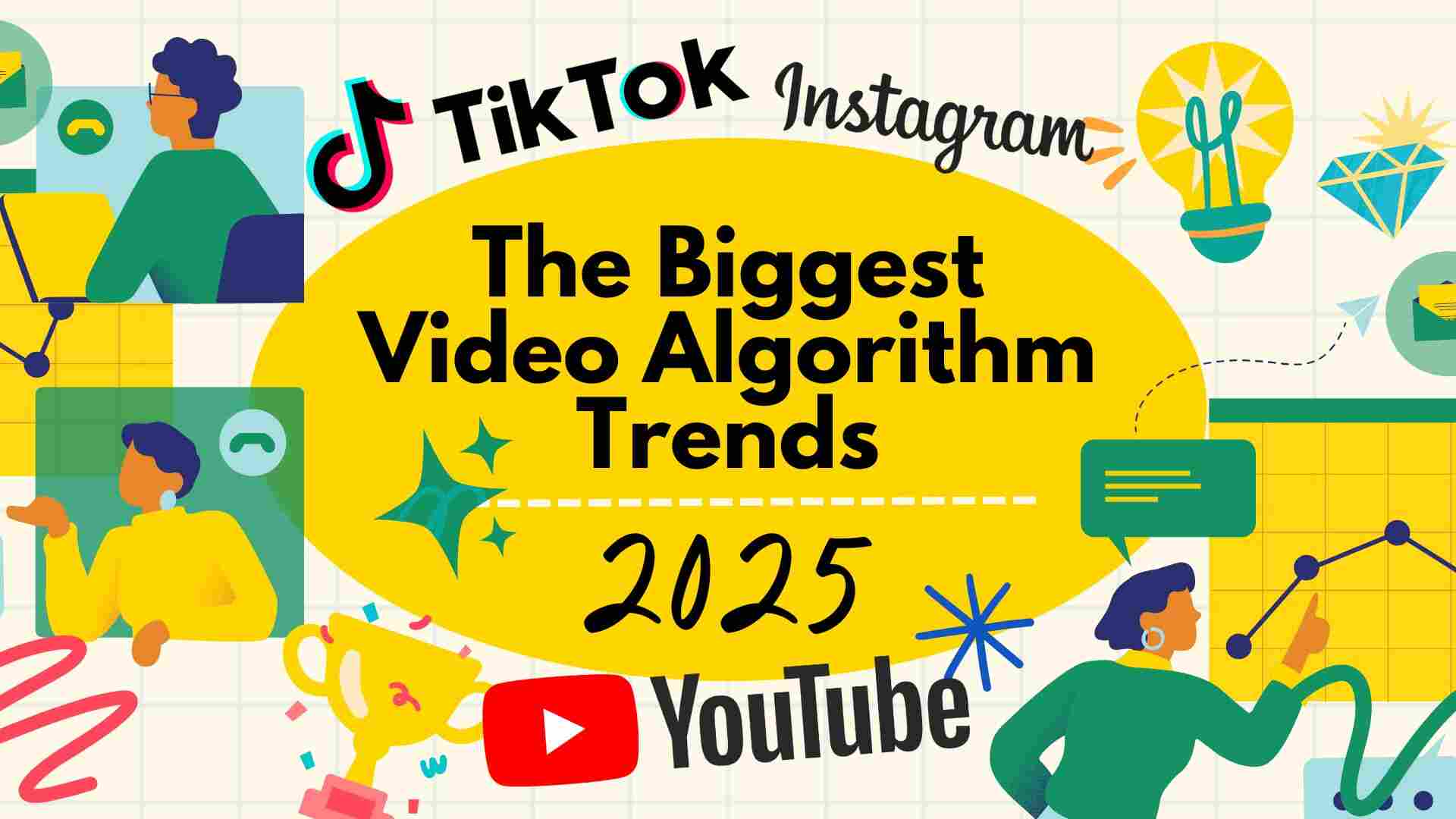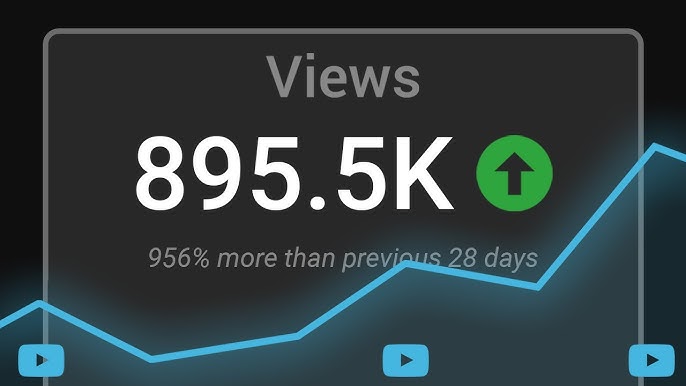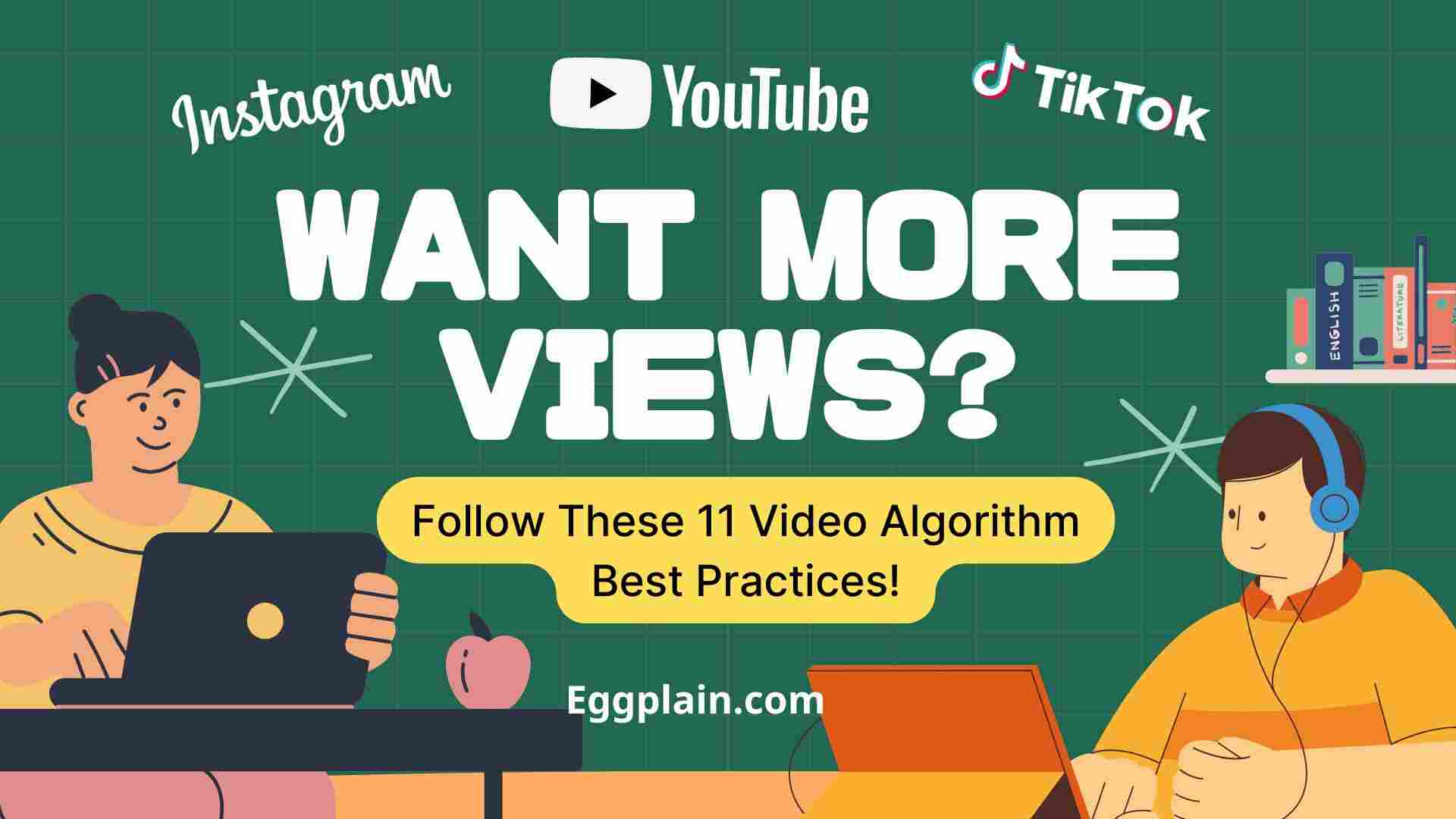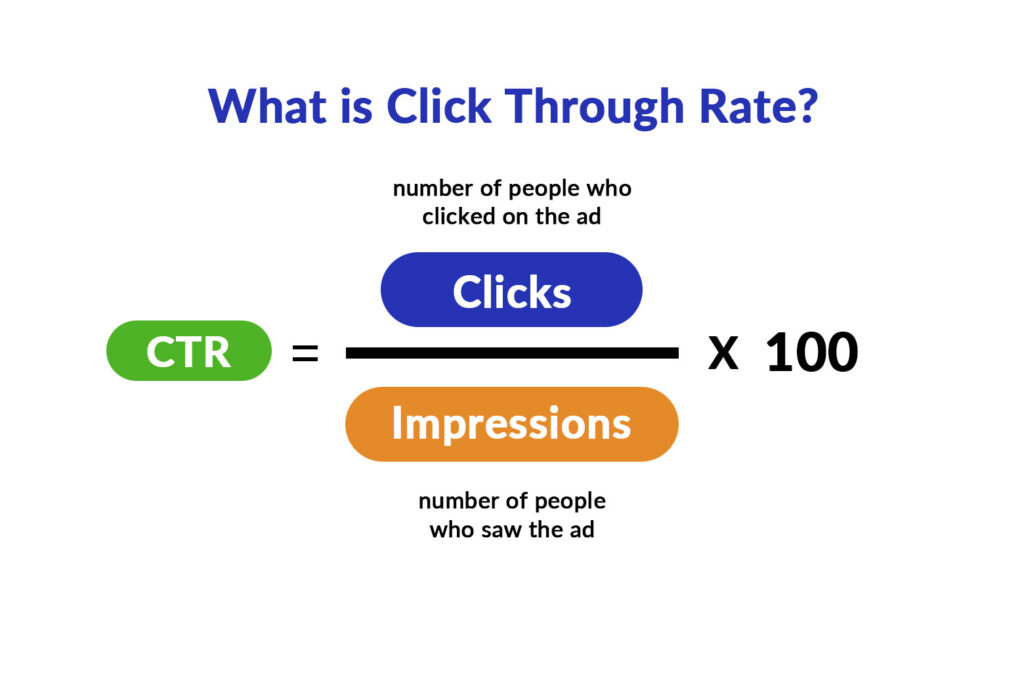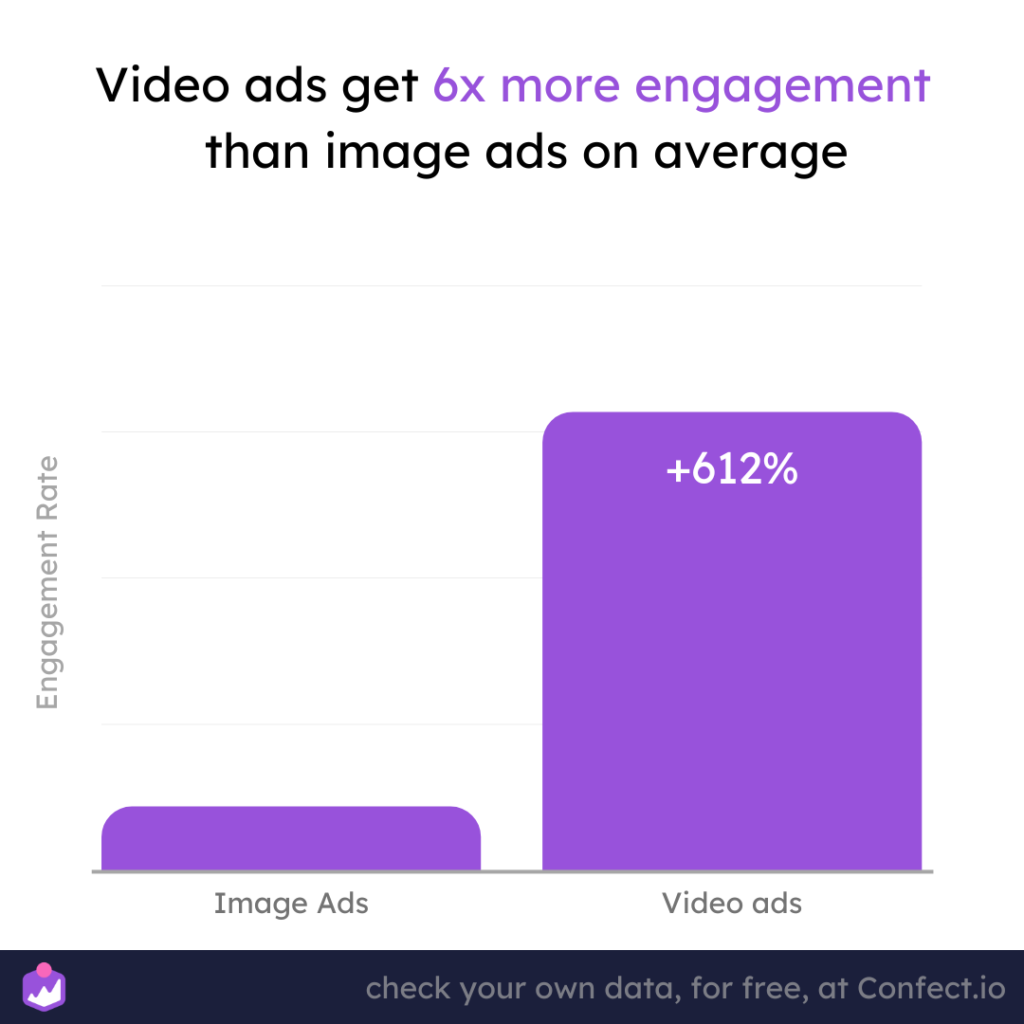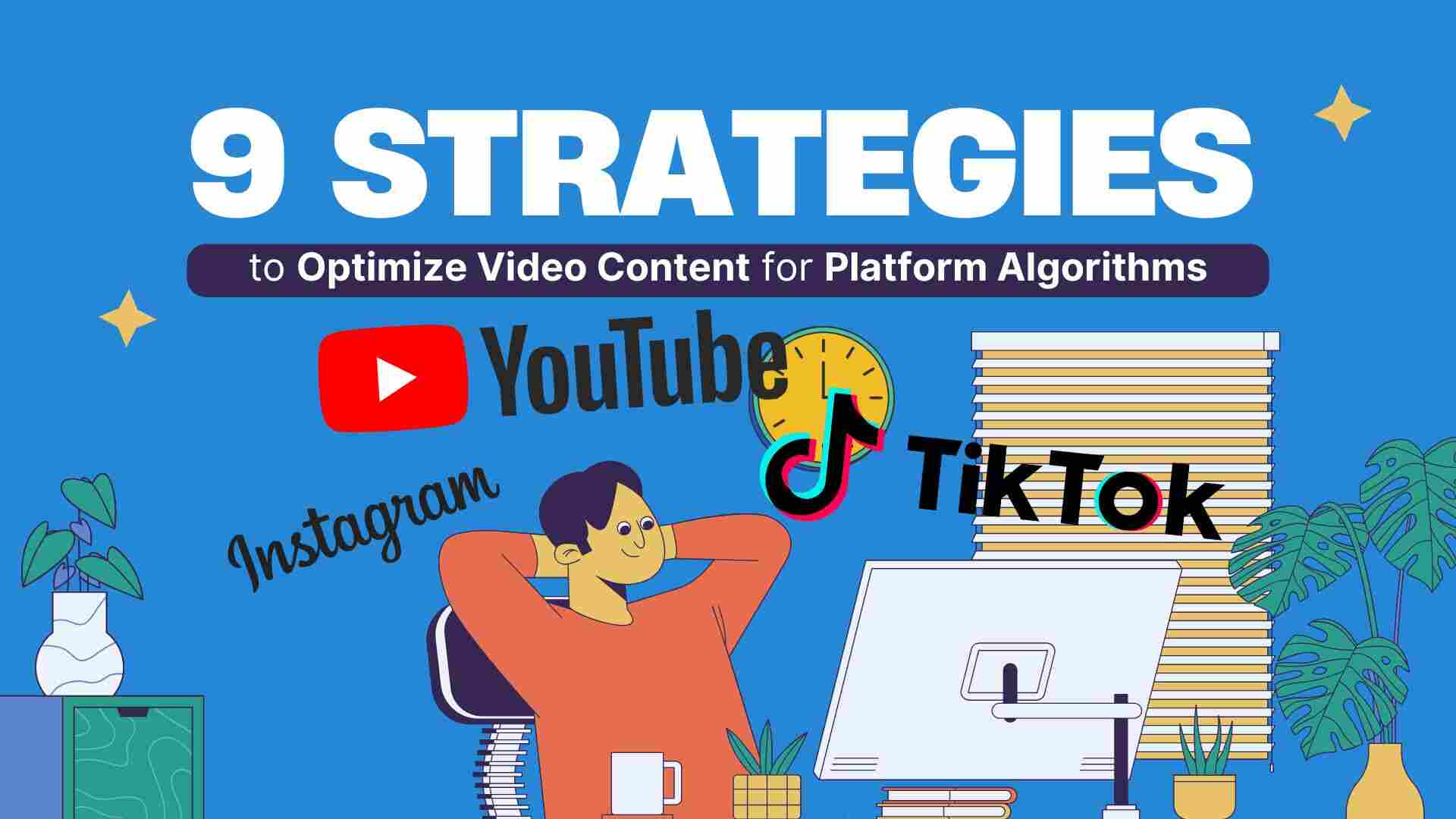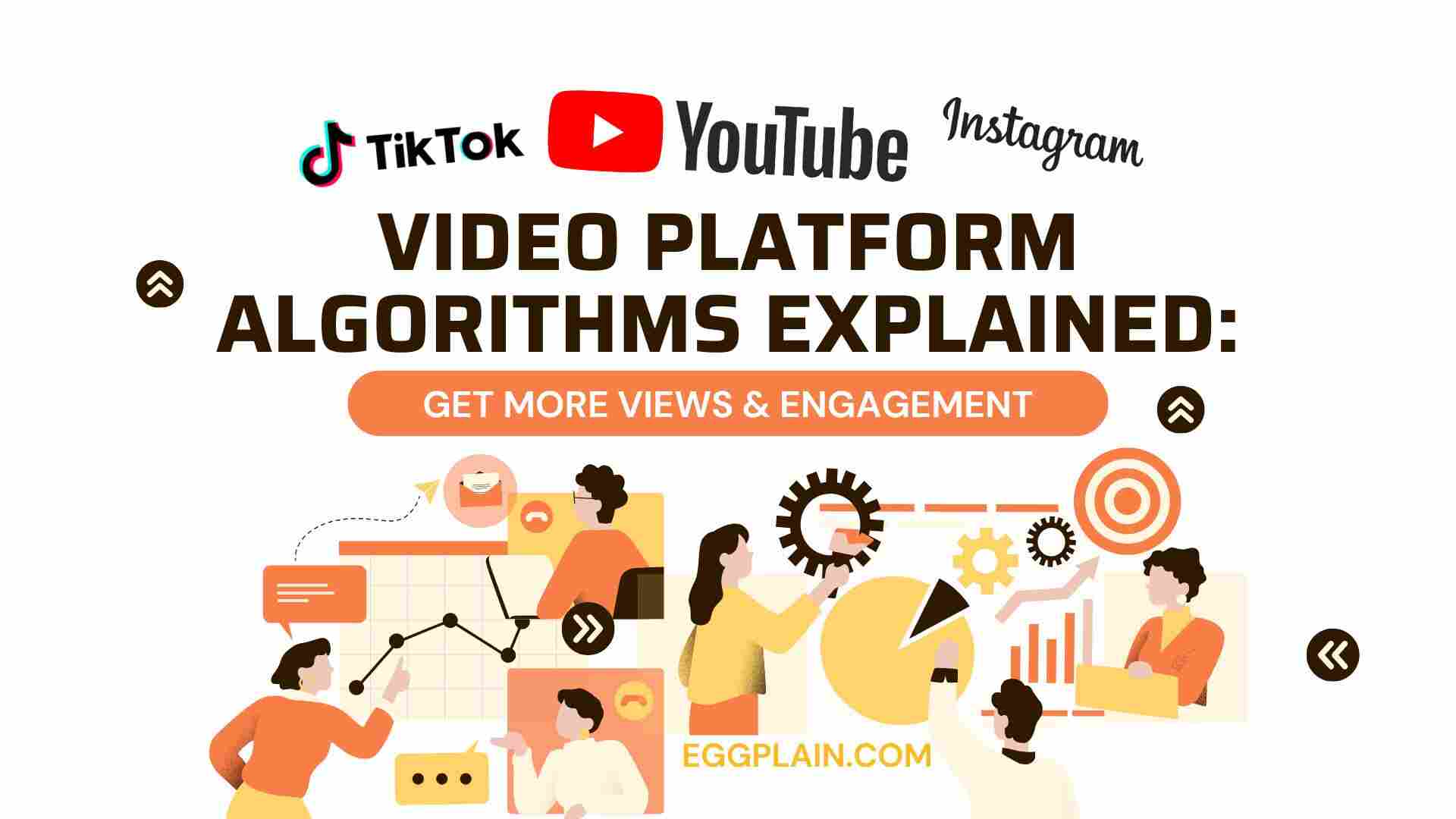
Introduction to Algorithm-Driven Video Success
In today’s hyper-digital age, creating a video that captures attention is just one part of the equation—getting it seen is another beast entirely. And that visibility? It all comes down to video platform algorithms. Whether you’re scrolling TikTok, browsing YouTube, or diving into Instagram Reels, an invisible system is constantly deciding what videos you see next.
Algorithm-driven video success means tailoring your content in a way that aligns with the hidden rules of these platforms, boosting visibility, reach, and ultimately—virality.
How Video Algorithms Work on Major Platforms
YouTube Algorithm Mechanics
YouTube’s algorithm evaluates a complex mix of click-through rates, watch time, and user interaction. It prioritizes content that keeps users on the platform longer, promoting creators who consistently achieve this.
TikTok’s For You Page (FYP)
TikTok operates through a hybrid system of content interest, past engagement, and video completion rate. A strong start in the first few hours can snowball into millions of views.
Instagram Reels and Explore
Instagram’s video discovery thrives on engagement signals—likes, shares, saves, and rewatches. Reels that encourage rapid interaction often get pushed to Explore.
Facebook’s Video Push
Facebook leans heavily into watch duration and meaningful interactions (like comments and shares) for video ranking. Native uploads and vertical formats also help.
Approximately 70% of users are more likely to engage with videos recommended by AI-driven algorithms.
Metrics That Influence Video Visibility
- Watch Time: The longer someone watches, the more valuable the video becomes.
- Completion Rate: Full views signal strong content quality.
- Click-Through Rate (CTR): A compelling thumbnail + title combo increases visibility.
- Engagement: Likes, comments, and shares tell the algorithm the content is resonating.
Case Study 1 – Duolingo’s Viral TikTok Strategy
Duolingo, a language-learning app, transformed its brand personality by leveraging TikTok’s algorithm to go viral multiple times. They adopted a mascot-centric, meme-driven approach that resonated deeply with Gen Z audiences.
- Character-Driven Content: Their owl mascot became a character in trending skits and challenges.
- Trend Participation: Jumping on TikTok trends immediately, often in humorous or exaggerated ways.
- User Engagement: Regularly responding to comments with videos, boosting visibility.
- Results: Gained millions of followers and massive app installs through organic reach.
Case Study 2 – Gymshark’s Community-First Reels Strategy

Gymshark, a fitness apparel brand, built a massive presence by understanding Instagram’s video algorithms.
- Creator Collaborations: Partnered with micro-influencers to expand reach across niches.
- Reel Optimization: Focused on motivational, quick-tip, and transformation videos that encouraged saves and shares.
- Posting Consistency: Daily uploads, including community reposts, kept engagement high.
- Results: Boosted brand equity and sales, with Reels significantly outperforming static posts.
7 Key Elements of Successful Algorithm-Driven Video
The Role of Video SEO in Algorithm Success
- Descriptions: Use primary and secondary keywords early.
- Tags and Hashtags: Help algorithms categorize your content.
- Captions: Not only for accessibility—captions improve retention.
Thumbnails and Titles: First Impressions Matter
- Thumbnails: Faces, bold contrast, and curiosity gaps.
- Titles: Use numbers, emotional triggers, or cliffhangers.
- Pro Tip: Emojis in titles can increase CTR by 20%.
Retention Tactics That Influence Algorithms
- Pattern Interrupts: Sudden changes in tone or angle keep viewers hooked.
- Mid-Roll CTAs: Encourage likes or subscriptions during engagement peaks.
- Cliffhangers: Keep viewers watching till the very end.
Consistency and Posting Schedules
- YouTube: At least once a week.
- TikTok: 1–3 videos a day.
- Instagram: Daily stories and 3–4 Reels/week.
User Behavior and Personalization Engines
- Watch History: The more videos you watch, the more similar content is recommended.
- Interaction Patterns: Liking, sharing, and saving videos shapes your feed.
- Segmentation: Algorithms tailor content by age, region, and interests.
The Ethics of Gaming the Algorithm
- Clickbait Risks: Can boost CTR short-term, but hurt long-term trust.
- Content Farms: Low-quality, high-volume content strategies backfire.
- User Trust: Algorithms now penalize misleading content.
Future Trends in Algorithm-Driven Video Strategy
- AI Video Creators: Synthetic avatars and automated scripts.
- Personalized Content at Scale: Each user may get a unique video cut.
- Gesture-Based Curation: Swipe, nod, or voice-command interaction.
Algorithm-Driven Video for Your Brand?
Eggplain is team of experienced animators with a decade of expertise in animated explainer videos, 2D animation, and motion graphics. Since 2015, we have positioned ourselves as one of the world’s top animation production companies, consistently delivering outstanding results.
With a portfolio comprising 400+ videos, we have had the privilege of collaborating with well-known brands you see every day, such as Canva, InBody, Delta Electronics, and United Overseas Bank (UOB).
Book Your Free Consultation!
No payment or credit card information required.

FAQs on Algorithm-Driven Video Success
How do I make my videos more “algorithm-friendly”?
Use strong hooks, high retention strategies, and optimize for search (titles, tags, captions).
Which is more important—likes or watch time?
Watch time is king. Engagement helps, but retention drives virality.
Can small creators go viral with no followers?
Absolutely. Especially on TikTok and Reels, where the algorithm rewards content—not follower count.
How often should I post to grow consistently?
For most platforms, consistency beats frequency. Aim for at least 3–5 times per week.
Does the algorithm punish reposted content?
Yes, especially if it’s been flagged as duplicate or lacks original editing or commentary.
What’s the best tool for tracking video performance?
Use platform analytics like YouTube Studio, TikTok Insights, and third-party tools like TubeBuddy or VidIQ.
Conclusion: Decoding the Art and Science of Video Virality
From Duolingo’s witty mascot to Gymshark’s fitness-focused community, algorithm-driven video success is a masterclass in strategic creativity. Brands today must blend platform intelligence with authentic storytelling to dominate feeds and win attention.
By learning from these case studies and applying the insights, any business—big or small—can use video algorithms not just to reach but to resonate.


